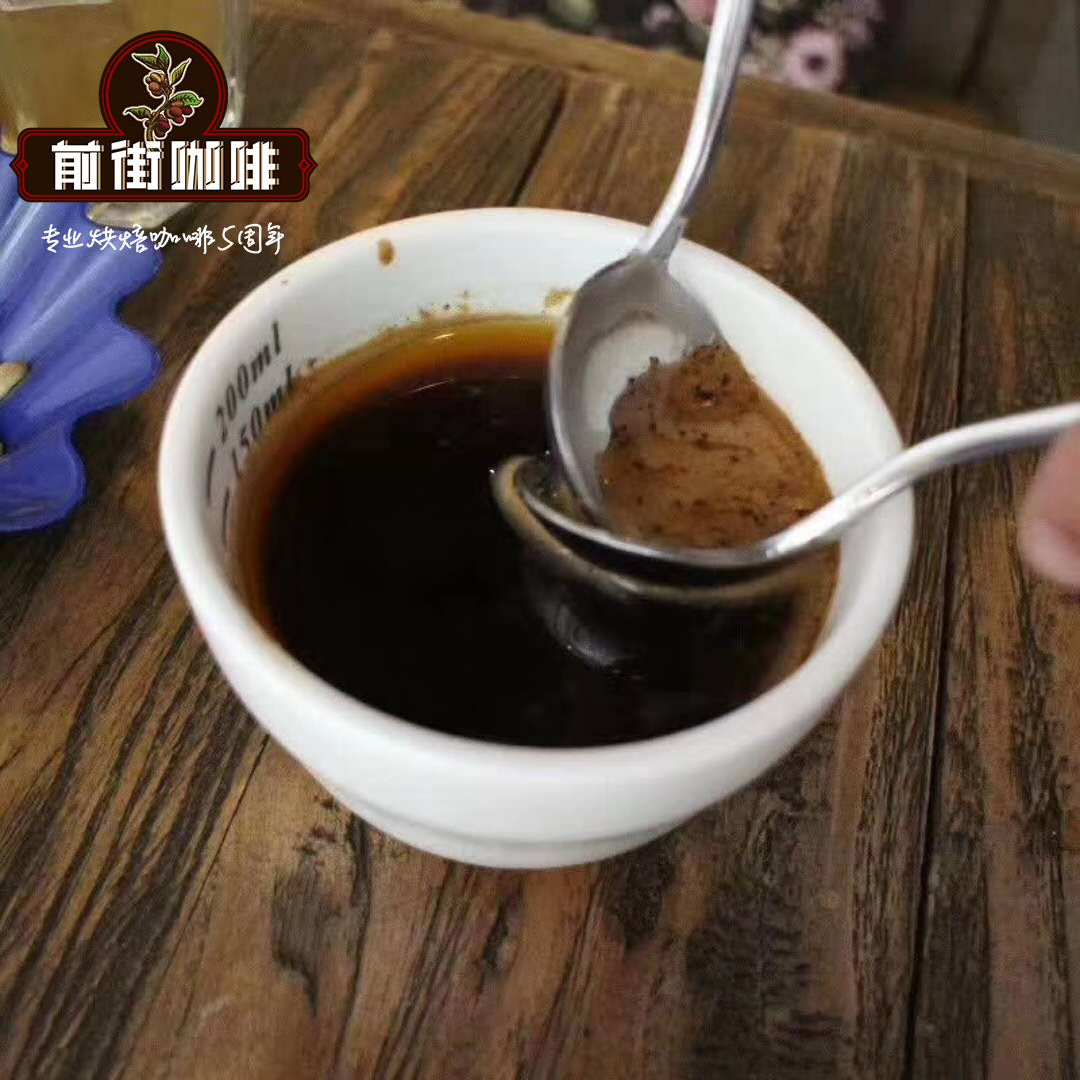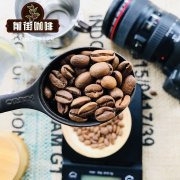India Monsooned Malabar A Coffee Bean_How about Indian Coffee

Professional coffee knowledge exchange more coffee bean information please follow the coffee workshop (Wechat official account cafe_style)
In fact, India is also a country rich in coffee beans. About 250000 people in the country grow this kind of economic products. Coffee is suitable for growing in a warm environment, and the Tropic of Cancer is called a coffee belt, but it is afraid that high temperature will destroy the characteristics of beans. Therefore, most of them are grown in high altitude areas, while the main producing areas of Indian coffee beans are in the southern mountainous areas. Although the rainfall is not sufficient, irrigation equipment can also produce medium-and high-level coffee beans.
There are several reasons why Indian coffee is popular with coffee lovers, but the most important is a process used on coffee beans, often referred to as the "monsooning" process.
Strictly speaking, monsoon coffee can not be attributed to coffee varieties, but a unique processing method of raw coffee beans, is a new flavor created inadvertently. In the 17th and 18th centuries, India shipped coffee beans to Europe by sailboat, which took six months. The raw beans were placed on the bottom of the barn and absorbed the moisture and salty taste of the sea. The raw beans arrived in Europe long ago. The color changed from dark green to the yellowish brown of rice. The acidity of the coffee almost disappeared, but it unexpectedly developed a strong nutty and cereal flavor. It tasted full, with a bit of black rice tea flavor. Surprisingly, Nordic people like this kind of golden alternative coffee very much.
Indian Monsoon Coffee: a distinctive process
Indian style-stained Malaba coffee beans are also called Indian monsoon coffee. Wind-stained Malaba coffee is a new flavor created inadvertently. In the 17th and 18th centuries, India shipped coffee beans to Europe by sailboat, which took six months. The raw beans were placed on the bottom of the barn and absorbed the moisture and salty taste from the sea surface. The raw beans arrived in Europe and have deteriorated, and the color has changed from dark green to yellowish brown of rice. The acidity of the coffee has almost disappeared, and it has unexpectedly developed a strong nutty and shell flavor. It tastes full, with a bit of Xuanmi tea flavor. Due to the opening of the Suez Canal in 1869 and the advent of steamships, which shortened the sailing time between India and Europe, customers began to complain that Indian coffee was "stale", losing the charming yellow and nutty flavor of the past, and orders plummeted. Indian exporters began to study the solution. The original coffee shipped to Europe took more than half of the time to become "transformed" and lost its original flavor, so exporters thought of the salty and wet environment blown by the Indian ocean along the coast of Malaba in southwestern India every year from late May to September. After several experiments, it was similar to the old golden coffee without acid, so it was named "monsoon coffee", commonly known as wind-stained Malaba coffee.
When I drank Indian coffee for the first time, a friend told me that it was a kind of coffee with "ocean flavor", because Indian coffee beans were dried by salty sea breeze. Five or six people tasted the coffee together. After a sip, they closed their eyes and looked intoxicated. When they opened their eyes, they said to each other with sly smiles-- it really is. It's imaginary, not drinking.
This is the legend: Indian monsoon Malaba Coffee (India Monsooned Malabar Coffee)
END
Important Notice :
前街咖啡 FrontStreet Coffee has moved to new addredd:
FrontStreet Coffee Address: 315,Donghua East Road,GuangZhou
Tel:020 38364473
- Prev

How do you drink Suriname coffee? Does Suriname produce coffee? History of coffee cultivation in Suriname
Coffee workshop (Wechat official account cafe_style) Suriname is located in the northern part of South America, with its name derived from the indigenous people, French Guiana to the east, Brazil to the south, Guyana to the west and the Atlantic Ocean to the north, with a tropical rain forest climate. The land area is about 164000 square kilometers, which is slightly smaller than that of Henan Province in China. To the north is the coast.
- Next

Introduction of washed coffee beans in Salana Manor, India _ Coffee producing areas and grading system in India
Professional coffee knowledge exchange more coffee bean information please follow the coffee workshop (Wechat official account cafe_style) India Coffee-Nadi, Valbalai Village washing country: Indian Manor: Thalanar Estate, Tabil Nadi Nadi, Valbalai Village Manor owner: Mr Angamuthu Mudhaliar Family production area: Val Pare varieties: SL9 treatment: washing
Related
- Does Rose Summer choose Blue, Green or Red? Detailed explanation of Rose Summer Coffee plots and Classification in Panamanian Jade Manor
- What is the difference between the origin, producing area, processing plant, cooperative and manor of coffee beans?
- How fine does the espresso powder fit? how to grind the espresso?
- Sca coffee roasting degree color card coffee roasting degree 8 roasting color values what do you mean?
- The practice of lattes: how to make lattes at home
- Introduction to Indonesian Fine Coffee beans-- Java Coffee producing area of Indonesian Arabica Coffee
- How much will the flavor of light and medium roasted rose summer be expressed? What baking level is rose summer suitable for?
- Introduction to the characteristics of washing, sun-drying or wet-planing coffee commonly used in Mantenin, Indonesia
- Price characteristics of Arabica Coffee Bean Starbucks introduction to Manning Coffee Bean Taste producing area Variety Manor
- What is the authentic Yega flavor? What are the flavor characteristics of the really excellent Yejasuffi coffee beans?

